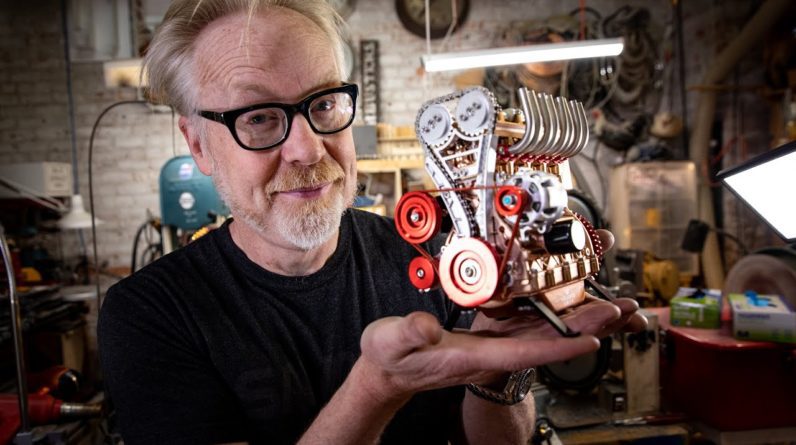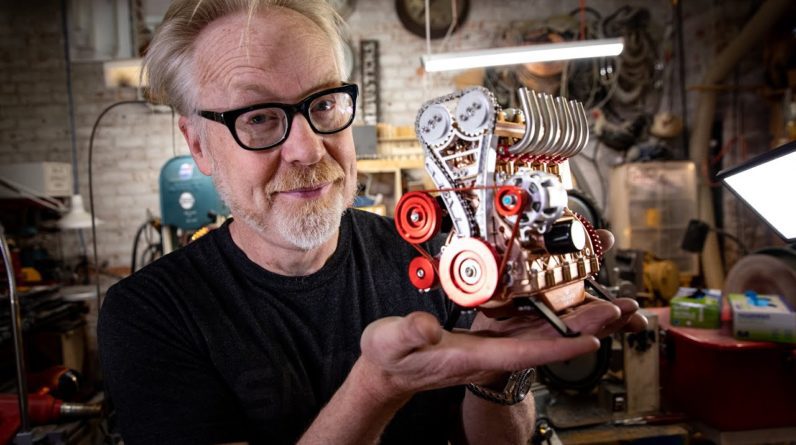Stop!Stay here! Here is the Junkers Ju 87 Stuka in 1/48 scale from Italeri. This will be my next project. I´m not a professional aircraft model builder, but i think it might be interesting to see how
somebody who usually builds tanks approaches such a kit. I say it right away: In this video some things
will happen which might disturb professional aircraft builders. Well, that is my way of builing an aircraft
model, having fun is what always matters. The Stuka is assembled now, next step will be painting the model. In order to make this a bit easier some parts are not attached to
the model yet, like the propeller, bombs, MG and the cockpit windows. I already masked the windows with "Revell Color Stop", it is the same
stuff as "Humbrol Maskol", but easier to find in local shops.
It works the same way. Here the cockpit. Some photo-etched parts were included, they look very good. I don´t know right now whether i will show the cockpit in opened
or closed position, but i think open is a better option. The engine had some terrific details, i wanted to show it in
opened position, but there are no details inside the hatches. It looked weird so i decided to enclose the engine. On the wings where you can see this green
dots i had to fill some holes.
I don´t know why they are there, it doesn´t make any sense. Same thing on the underside – I used "Milliput" to fill the holes. Overall the assembly was quite easy, let´s continue with the painting of the model. First of all we have to paint the cockpit, i will basecoat
it with grey colour, then i apply the actual interior colour. I will use a brush to paint the details. Here the finished cockpit. It is quite easy
to reach it at a later stage, of course it depends on the aircraft, but it works fine for the Stuka. I will show the cockpit in opened position. I will
mask the cockpit and continue with the painting. To mask the cockpit such sponges are useful. You can grab
them with tweezers and plug them in the cockpit. Now i will prime the whole model with Revell Matt76 "light grey". The next step will be the preshading. I never tried this technique
before, but i think it is time to do it.
I´m going to spray black lines along the panels and other deepenings. Later i spray the actual paint over it
so the black lines can shine through. It accentuates the deepenings like a washing. My preshading is not great, but for the first try okay. Now i will paint the engine cowl and the tail fin with yellow colour. Later i will mask these parts in order to
create these identification areas of the aircraft. The yellow areas are masked now, let´s continue with
the underside. It gets painted with Revell Matt49. I masked the underside aswell in order to create sharp stripline on the wings. I will apply the first spots of the camouflage using Matt40 "black-green".


Then i will create the camo with some tape and Matt39 "Dark green". There is not much visible of the aircraft anymore, i applied
some crepe tape to get this sharp edged scheme. Now i´m going to spray Matt39 "Dark green" over the model, hopefully
we have the desired camo after we removed the tape. The tape is gone, as you can see the result is quite nice. Of course some refinishing is necessary at some areas, nothing is
perfect, some paint always gets there where it shouldn´t be. Overall i achieved the look i wanted. Next step will be painting
the details, it won´t take long until the model is finished. I applied a very light wash on the yellow areas and the underside to
accentuate the deepenings a bit more, it wasn´t necessary on the upper side. For the wash i used a mixture of black
oil paint from MIG and odourless turpentine. Before we can apply the decals i will spray a
coat of Revell Matt1 "glossy varnish" over the model.
It will create the very even surface of an
aircraft and will prevent the decals from "silvering". One detail is still missing: The antenna. There are several ways to do
that, i prefer the "stretched sprue", because everybody has it nearby. Because of that it is the easiest way. Take a lighter and melt the plastic rod in the middle. Then extend the molten plastic.
It takes a few seconds to dry, otherwise you get a bent antenna. Let´s cut a suiting piece from this plastic thread. Now we have to attach it. Finally we need some chipping, especially on the edges of the panels. You can paint the chips with a fine brush or you can
use a sponge to dap some chips on the model. Stuka attack!!!.






